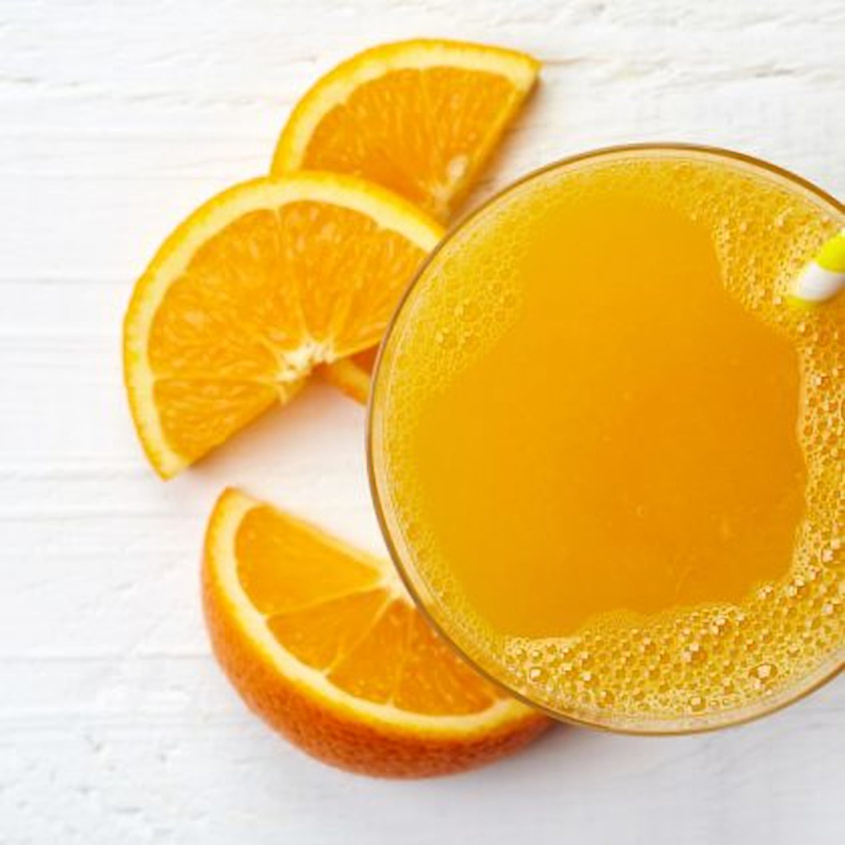
The Nutrition Society Paper of the Month for January is from the British Journal of Nutrition and is entitled ‘Pure fruit juice and fruit consumption and the risk of CVD: the European Prospective Investigation into Cancer and Nutrition–Netherlands (EPIC-NL) study’ by Authors Floor R. Scheffers, Jolanda M. A. Boer, W. M. Monique Verschuren, Martijn Verheus, Yvonne T. van der Schouw, Ivonne Sluijs, Henriëtte A. Smit and Alet H. Wijga.
Replacing fruit with pure fruit juice might be a practical solution for people to meet the recommendation for fruit consumption when for any reason more fruit consumption is difficult. Regarding the question of whether pure fruit juice is an acceptable alternative for fruit, dietary guidelines differ between countries. Dietary guidelines from the US state that half of the recommended daily fruit intake may be replaced by pure fruit juice. In line with this, dietary guidelines from the UK state that pure fruit juice can count for one portion of the ‘5 a day’ target, whereas in the Netherlands the advice is to keep consumption of pure fruit juice to a minimum. Concerns about pure fruit juice consumption are based on its high sugar content and related unfavourable health effects.
It is well established that high fruit consumption is associated with decreased risk of cardiovascular diseases (CVD), while little is known about pure fruit juice consumption and the risk of CVD. In this prospective cohort study, we therefore studied the association of pure fruit juice and fruit consumption with CVD, and assessed the differences in association with pure fruit juice consumption between low and high fruit consumers to investigate possible benefits of pure fruit juice consumption for people with low fruit consumption. Pure fruit juice is defined as 100% fruit juice without added sugars or artificial sweeteners and other components as artificial colours or preservatives. Pure fruit juice can be both fresh juice and bottled juice from concentrate.
Compared to no consumption, pure fruit juice consumption up to 7 glasses/week – but not consumption of ≥ 8 glasses - was significantly associated with reduced risk of CVD. Fruit consumption of more than 120 g/day (compared to no consumption) was also significantly associated with lower incidence of CVD. Associations were similar for people with low and high fruit consumption. Pure fruit juice drinkers were - compared to people who did not drink pure fruit juice at all - more often women, were higher educated, had a healthier lifestyle, healthier dietary habits and had a slightly lower BMI, lower waist circumference and a lower blood pressure. We found similar characteristics for high fruit consumers (compared to low fruit consumers) except for age. High fruit consumers tended to be older than low fruit consumers, while pure fruit juice drinkers tended to be younger than non-drinkers.
Although we found no adverse consequences of pure fruit juice consumption for the incidence of CVD, further research is needed before final conclusions can be drawn. Research on the effect of pure fruit juice consumption on other health outcomes is also needed for a balanced consideration of the health benefits and adverse effects of pure fruit juice consumption. Until then, consumption of whole fruit should be preferred over consumption of pure fruit juice.
